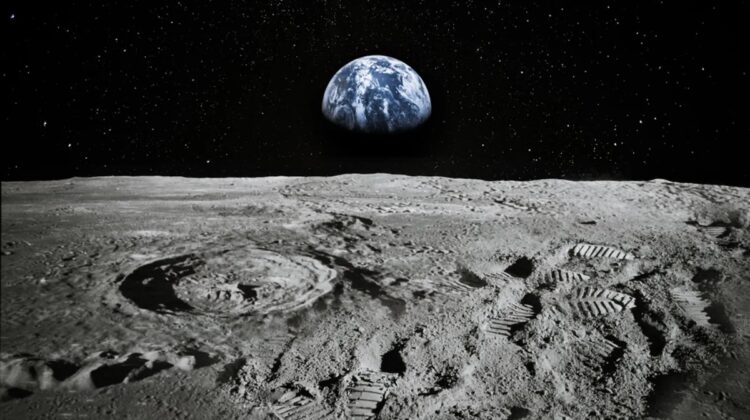
The substance may aid in avoiding the laborious job of locating helium-3 on Earth.
According to Chinese official media, a new substance discovered on the Moon has spurred China to declare intentions to undertake three uncrewed missions in the next ten years in order to compete with the US’ lunar presence. Because of its helium-3 concentration, the substance has the potential to be a future energy source, as well as a fuel for nuclear fusion. Samples from China’s Chang’e-5 mission revealed that the substance was abundant enough to be extracted from the lunar surface.
The news of three additional orbiter flights came just one day after the discovery of a new mineral, Changesite-(Y), in samples retrieved from the 2020 Change’e-5 mission. These were the first samples collected from the moon since 1976.
The substance itself is an inconspicuous, translucent columnar mineral that forms crystals with a radius of only 10 microns. What distinguishes Changesite-(Y) is the presence of helium-3, an essential isotope that might be extremely beneficial in nuclear processes.
Current fusion processes employ tritium and deuterium, but they produce difficult-to-contain byproducts, and the energy loss involved with the reaction is significant, frequently exceeding the energy that can be retrieved. One possibility is to employ helium-3, an isotope of the only stable element with more protons than neutrons. When helium-3 and deuterium are combined, the reaction produces helium plus a single proton, which is significantly more manageable than the alternatives.
Unfortunately, helium-3 is exceedingly uncommon on Earth, and if fusion becomes a viable source of energy, its availability may be limited. It is, however, far more common on the lunar surface, making the Moon an appealing target for extraction in preparation for future energy.
According to Bloomberg, China has gained authorisation for three additional lunar missions, with the ultimate objective of establishing a permanent lunar presence.
The projects are part of China’s reinvigorated drive to strengthen its space agency, with recent launches including orbiters, lunar probes, and, shortly, a Mars mission to challenge NASA’s.
NASA and SpaceX are now attempting to launch and land Artemis-I, which will carry numerous CubeSat satellites and an Orion spacecraft into lunar orbit. The launch window has been pushed back to late September or early October due to engine problems and a leak.

Leave a Reply